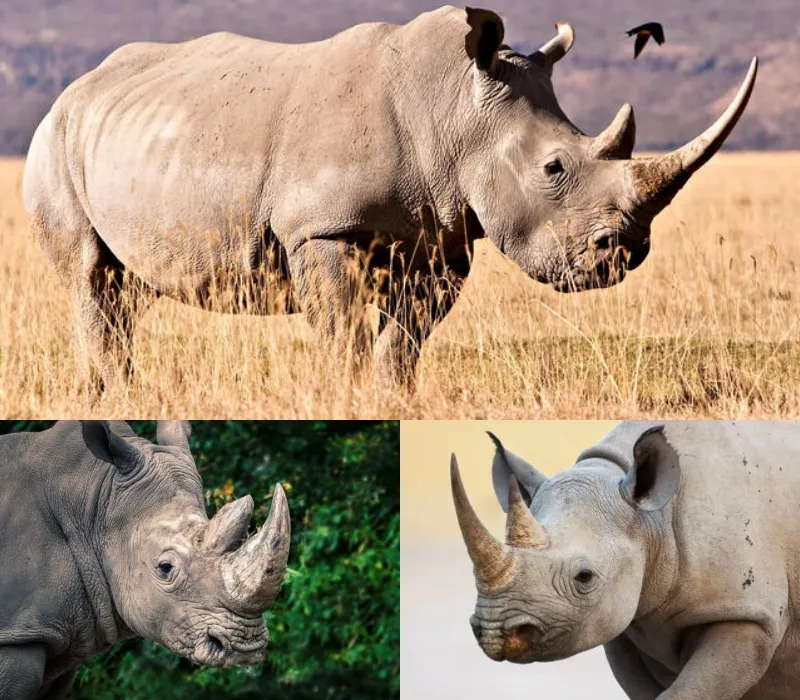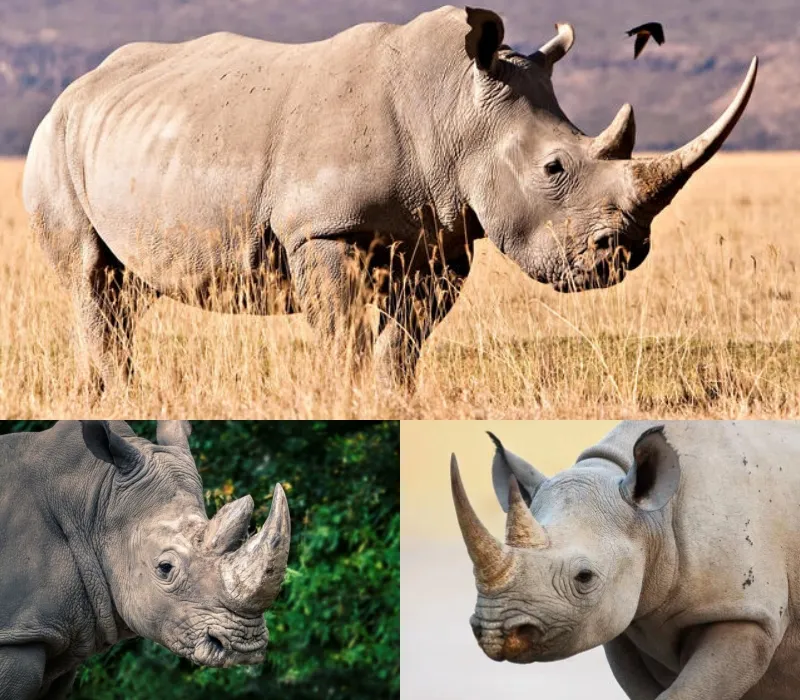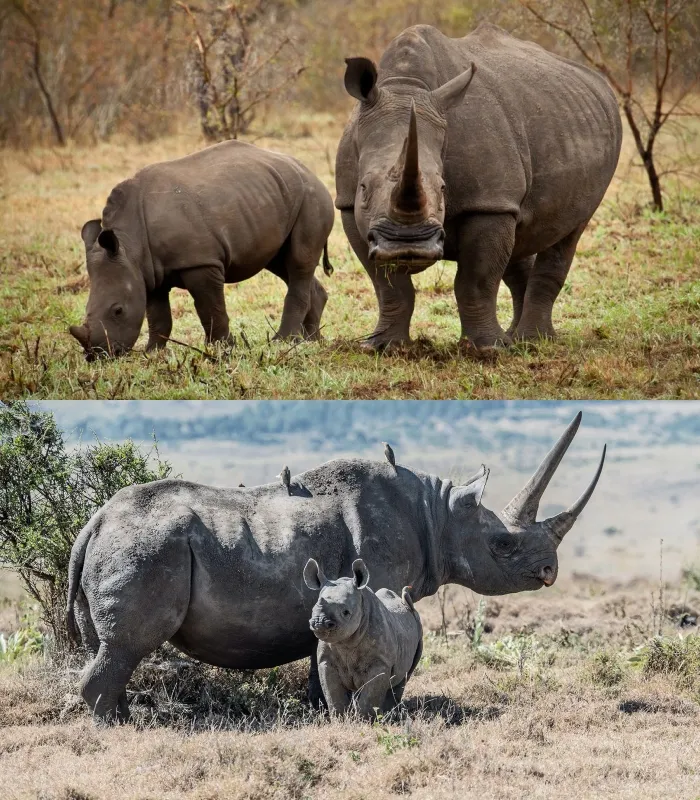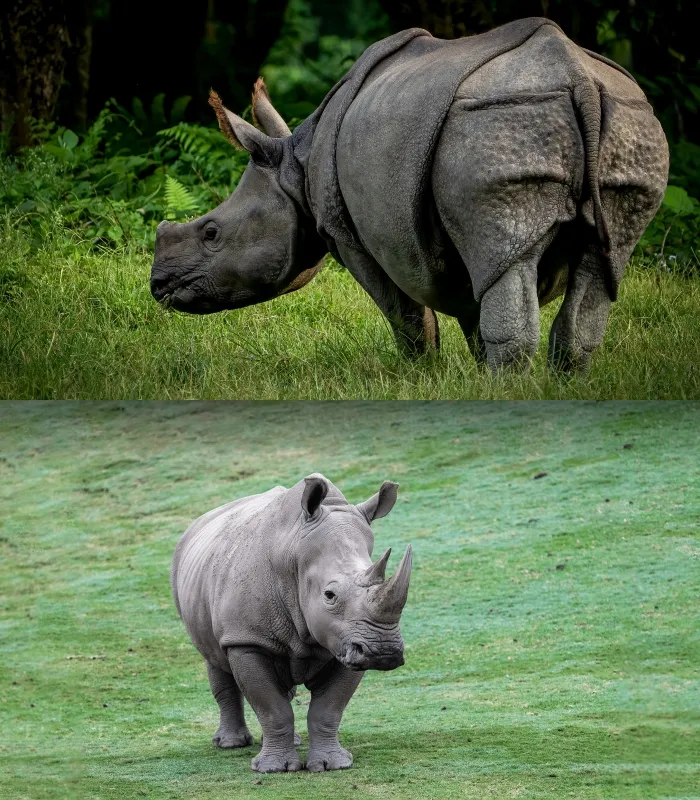
Zimbabwe stands as one of Africa’s top four nations in terms of rhino populations, boasting over 1,000 rhinos, including 616 black and 417 white rhinos. Despite this recent milestone, the country’s rhino numbers were once significantly higher. The devastating poaching crisis of the late 1980s and early 1990s drastically reduced their population, with Zimbabwe’s rhino count plummeting to approximately 450 by 1992.
The Early Days: Protecting a Vulnerable Population
During the peak of the poaching crisis, guerrilla militants in the Zambezi Valley played a crucial role in deterring poachers. However, after Zimbabwe’s independence in 1980, these protective forces withdrew, leaving the rhino population vulnerable to organized poaching networks. In response, conservationists made the critical decision to relocate the remaining rhinos to intensively protected conservancies in southern Zimbabwe. Approximately 300 rhinos were moved to safer locations, such as the Save Valley Conservancy (SVC) and Bubiana Conservancy, where they thrived in well-protected habitats.

Bubye Valley Conservancy: A Safe Haven for Rhinos
In 2002, the rhinos at Bubiana Conservancy faced new threats, prompting their relocation to Bubye Valley Conservancy (BVC), a former cattle ranch transformed into a wildlife sanctuary. Although BVC initially had no rhinos or large predators, it has since become home to one of Africa’s largest and most genetically diverse black rhino populations. This remarkable transformation is largely due to the dedicated efforts of the Lowveld Rhino Trust (LRT), which has meticulously monitored the rhino population since its early days in BVC.
Comprehensive Monitoring Efforts
LRT’s Rhino Monitors play a pivotal role in safeguarding BVC’s rhinos. Each rhino is identified through an individual ear notch numbering system, enabling the team to closely track population dynamics and inform management decisions. The goal is to identify 80 different rhinos each month, a challenging task given BVC’s vast 3,200km² area. In 2023, despite dense vegetation hindering visibility, the team exceeded expectations by averaging over 160 identifications per month, aided by camera traps and aerial monitoring.
This comprehensive monitoring is essential not only for ensuring the health of each rhino but also for detecting early signs of poaching. Disruptions to the rhinos’ social networks can lead them to cover greater distances, which might falsely suggest a stable population if not carefully monitored. LRT’s ability to identify individual rhinos and understand their social groups provides an accurate assessment of the true population size.
Continued Support and Conservation Success
In 2023, with the support of the Anna Merz Rhino Trust, $25,000 was granted to LRT to bolster their monitoring efforts. These funds were crucial in purchasing uniforms for the Rhino Monitoring Unit, covering vehicle fuel and maintenance, providing food and accommodation for Task Force operatives, and paying informers for intelligence on poaching networks.

Fortunately, poaching levels in the Lowveld have decreased, thanks to the effective work of the Lowveld Rhino Law-Enforcement Task Force and other stakeholders. Impressively, none of BVC’s rhinos were poached in 2023, a testament to the success of these conservation efforts. The continued growth of BVC’s rhino population has even supported the reintroduction of rhinos to other areas, including Gonarezhou National Park.
Ongoing Challenges and the Path Forward
Despite these successes, challenges persist. Corruption continues to undermine law enforcement and judicial processes, posing a threat to ongoing conservation efforts. While only four white rhinos were poached in Zimbabwe in 2023, none in the Lowveld, the broader threat remains. South Africa, for instance, saw a rise in poaching incidents in 2023, with 499 rhinos lost compared to 448 the previous year. Poaching has also spread to places like Java, Indonesia, where it is feared that a significant portion of the Javan rhino population has been illegally killed.

A Light on the Horizon
Bubye Valley Conservancy symbolizes the incredible recovery and resilience of Zimbabwe’s rhino population. The progress made would not have been possible without the support of donors like the Anna Merz Rhino Trust and others. However, the battle against poaching is far from over. While Zimbabwe’s rhinos are not yet out of danger, the success of conservation efforts at BVC offers a glimmer of hope for the future of these majestic creatures. The continued dedication of conservationists, combined with ongoing support from the global community, will be crucial in ensuring that Zimbabwe’s rhinos thrive for generations to come.






